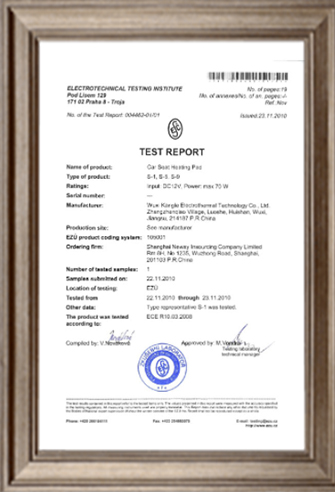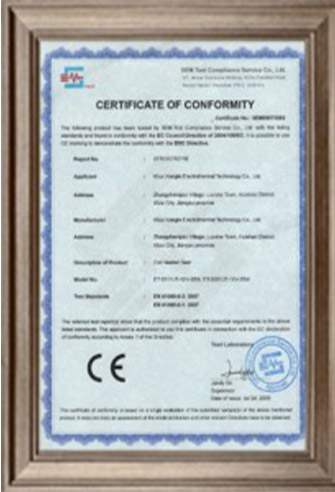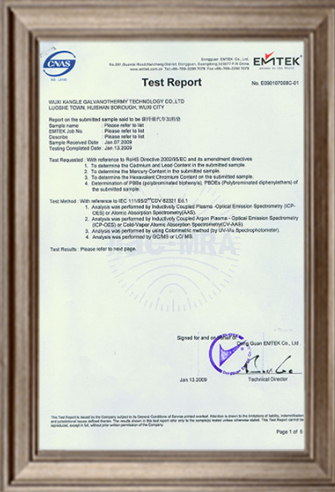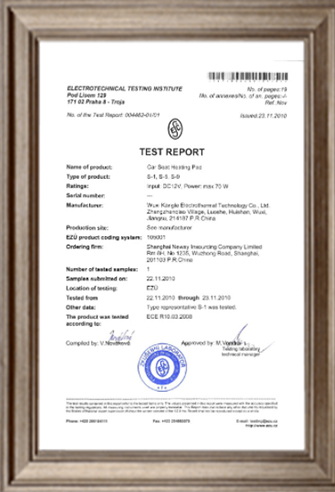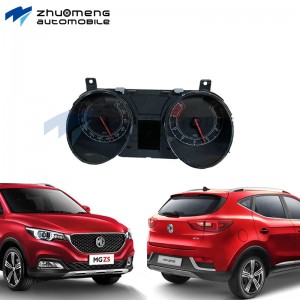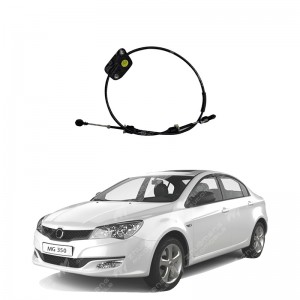What does the dashboard say?
The dashboard is a very important part of the car, which provides real-time information about the running status of the vehicle, including speed, rotational speed, mileage, etc. Here are some basic operations and ways to view information about the dashboard:
Tachometer: Usually located in the center of the instrument panel, it shows the engine speed per minute. For the "how many revolutions" mentioned in the question, that is, the engine's speed, usually the normal speed should be between 700 and 800 revolutions per minute, but this depends on the specific model and engine performance. Too high or too low speed may affect the normal operation of the engine.
Speedometer: Displays the current speed of the vehicle to help the driver control the speed and ensure driving safety.
Odometer: Records the total number of kilometers the vehicle has traveled. Below the dashboard there is usually a display of accumulated kilometres, which is very helpful for knowing the mileage and maintenance cycle of the vehicle.
Warning lights: Various warning lights will also be displayed on the dashboard, such as engine temperature warning lights, battery warning lights, oil pressure lights, etc. When these lights are on, it indicates that the corresponding system may be faulty and needs to be checked immediately.
Special display for automatic transmission models: For automatic transmission models, the dashboard may also display gear information, such as P (parking), R (reverse), N (neutral), D (forward), etc. This is important for proper operation of the automatic transmission.
In short, being familiar with and understanding the functions of the car dashboard is the basic skill of every driver, which is directly related to driving safety and vehicle maintenance.
How do you look at the dashboard lights? What to pay attention to
When the red light is on, it is usually a danger alarm light. If you ignore it, your driving safety will have major hidden dangers, or cause major damage to the vehicle, so you must not ignore the role of these small lights!
1, red: Level 1 alarm light (fault warning light)
In the case of red warning lights, such as the brake system alarm light is lit, it is telling you that the brake system has a problem, if you continue to open, it may cause a serious accident. If the air bag alarm light is on, then the internal system is faulty, and even if it fails, there is no way to protect you. If the pressure alarm light of the oil is lit, if it continues to drive, it will cause major damage to the engine, and the direct consequence is that it can not drive at that time, causing great maintenance costs.
2, yellow: second alarm light (fault warning light and function indicator light)
The yellow light is the fault indicator, and the yellow light in the instrument is lit to tell the driver that the function of a certain system of the vehicle is lost, such as the ABS alarm light is lit, the direct meaning is that the ABS no longer works, and the wheel may explode when braking. The engine's warning light is on and the engine is malfunctioning. There are also vehicle stability control systems, active air suspension alarm lights, the truth is the same, indicating that a certain function of the vehicle will be lost. The engine's warning light is on and the engine is malfunctioning. There are also vehicle stability control systems, active air suspension alarm lights, the truth is the same, indicating that a certain function of the vehicle will be lost.
3, green: operation indicator (function indicator)
The green indicator is the status indicator, which indicates the working state of the vehicle. The power mode indicator of the automatic transmission, or the HINLO of the body height adjustment, does not warn the driver, but what state the vehicle is in. After understanding the rules, the driver friends can know which lights must be dealt with and which lights must be vigilant.
Please call us if you need such products.
Zhuo Meng Shanghai Auto Co., Ltd. is committed to selling MG&MAUXS auto parts welcome to buy.


